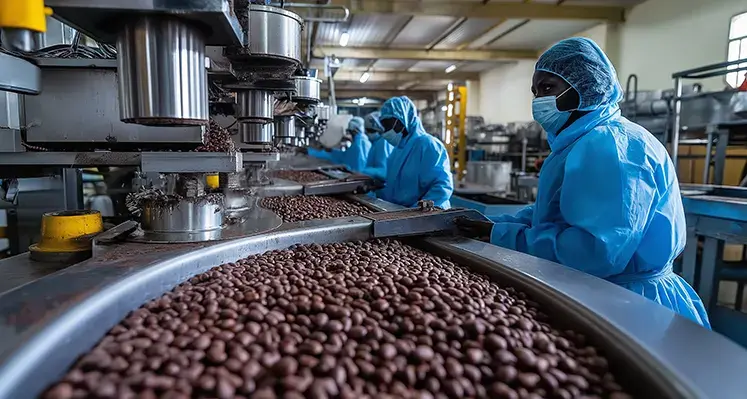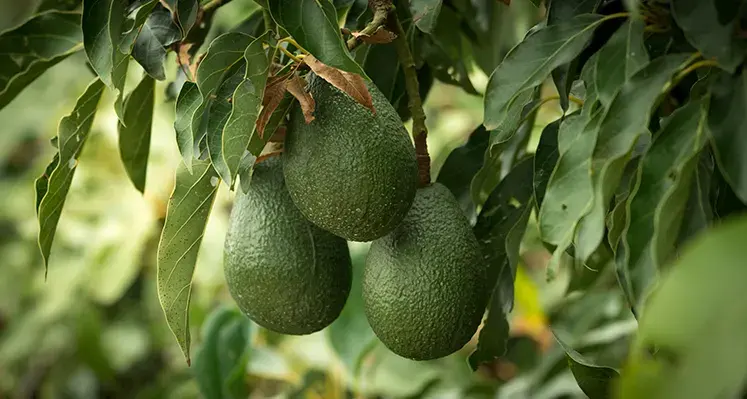
This summit will serve as a powerful platform to foster gender equality and economic inclusion, helping shape the future of African agriculture for the better. (Image credit: AGM)
The AGM Women Summit 2025 took place on 11 December 2025 in Paris under the theme “Female Human Capital and Agricultural Investment in Africa: Structural Challenge and Golden Opportunity.”
This landmark event will gather policymakers, investors, and women entrepreneurs from across the globe to explore the crucial role of women in transforming African agriculture, driving inclusive growth, and fostering climate-resilient agricultural practices.
African agriculture stands at a pivotal moment. Despite the continent’s vast natural resources and potential for growth, it faces several structural barriers, especially in terms of women’s access to finance, training, and land. The AGM Women Summit 2025 aims to highlight how leveraging female human capital and increasing agricultural investment can catalyse productivity, equity, and climate resilience in Africa.
As Charlotte Libog, President of the AGM Women Network and Founder of Africa Granary of the World, stresses: “Women’s economic empowerment is not just a matter of social justice: it represents a strategic opportunity to strengthen Africa’s food sovereignty and ensure sustainable agricultural growth.” This vision is critical for the future of African agriculture, as empowering women is integral to achieving food security and fostering sustainable economic development.
Held at the Intercontinental Hotel, Place de l’Opéra, Paris, the summit will facilitate dynamic discussions between stakeholders, including financial partners, investors, and women entrepreneurs from across Africa and the diaspora. The event will focus on addressing the “3F equation”—Financing, Training, and Land—which continue to pose challenges to women in agriculture. These barriers limit women’s ability to scale agricultural businesses, yet the summit will explore actionable solutions to overcome these constraints.
The AGM Women Summit is not just a platform for exchanging ideas but a catalyst for actionable commitments. The summit will encourage tangible initiatives aimed at improving financing options for women-led agricultural projects, enhancing skills through targeted training, and improving land access. The goal is to turn these obstacles into opportunities, enabling women to play a central role in climate-resilient agriculture and inclusive economic growth across Africa.
Moreover, the summit will host panels on green finance, sustainable agricultural technologies, and impact investing. These discussions will illustrate how economic profitability and sustainable development can go hand in hand. For investors, it presents an opportunity to discover high-potential agricultural projects, while women entrepreneurs will benefit from expanding their networks and forging strategic partnerships.
The AGM Women Summit 2025 is more than just a conference—it is a unique opportunity to mobilise resources and build sustainable partnerships to accelerate the transformation of African agriculture. As Charlotte Libog states, “Making African agriculture a driver of equity and resilience is possible if we place women’s potential at the heart of decisions and investments.”
This summit will serve as a powerful platform to foster gender equality and economic inclusion, helping shape the future of African agriculture for the better.











